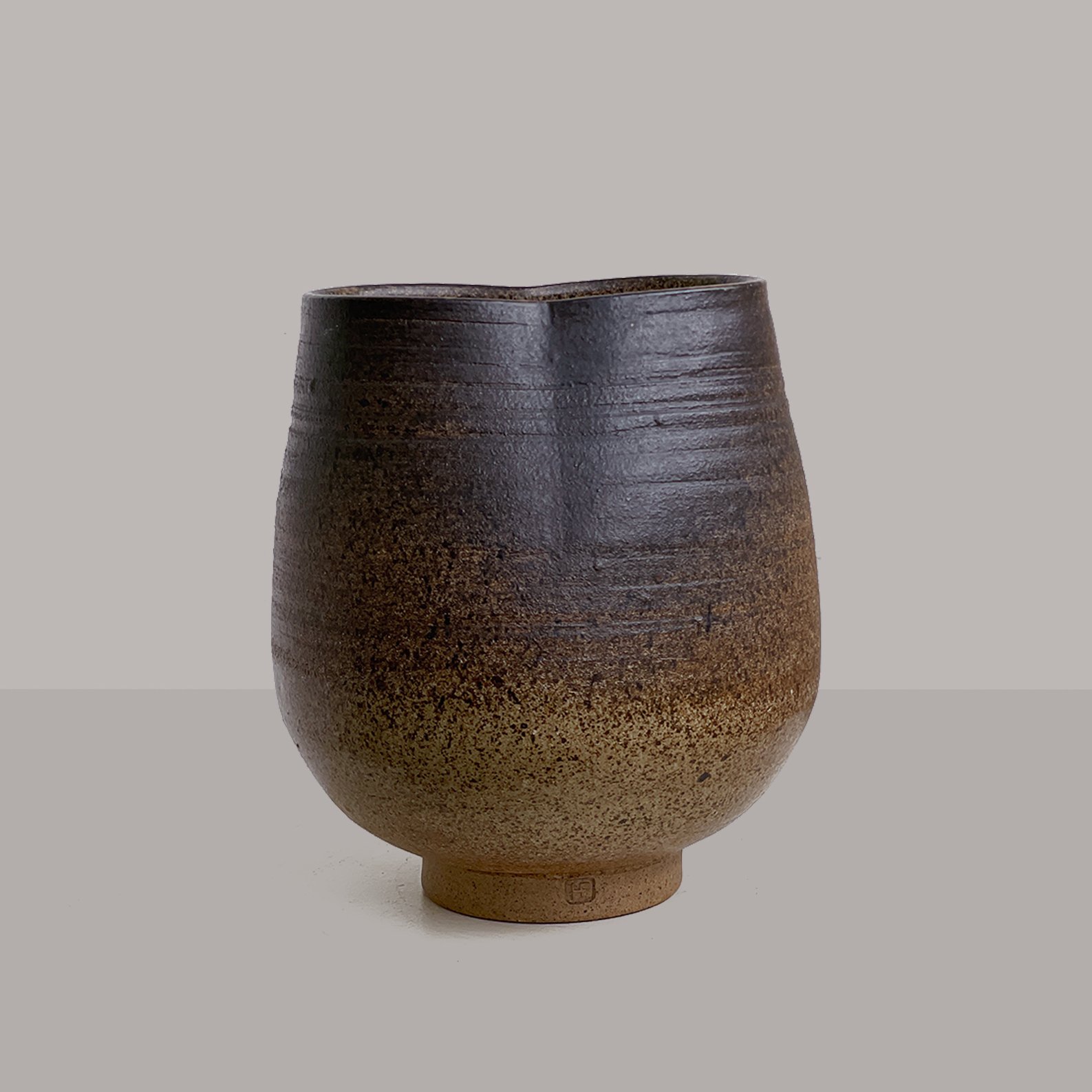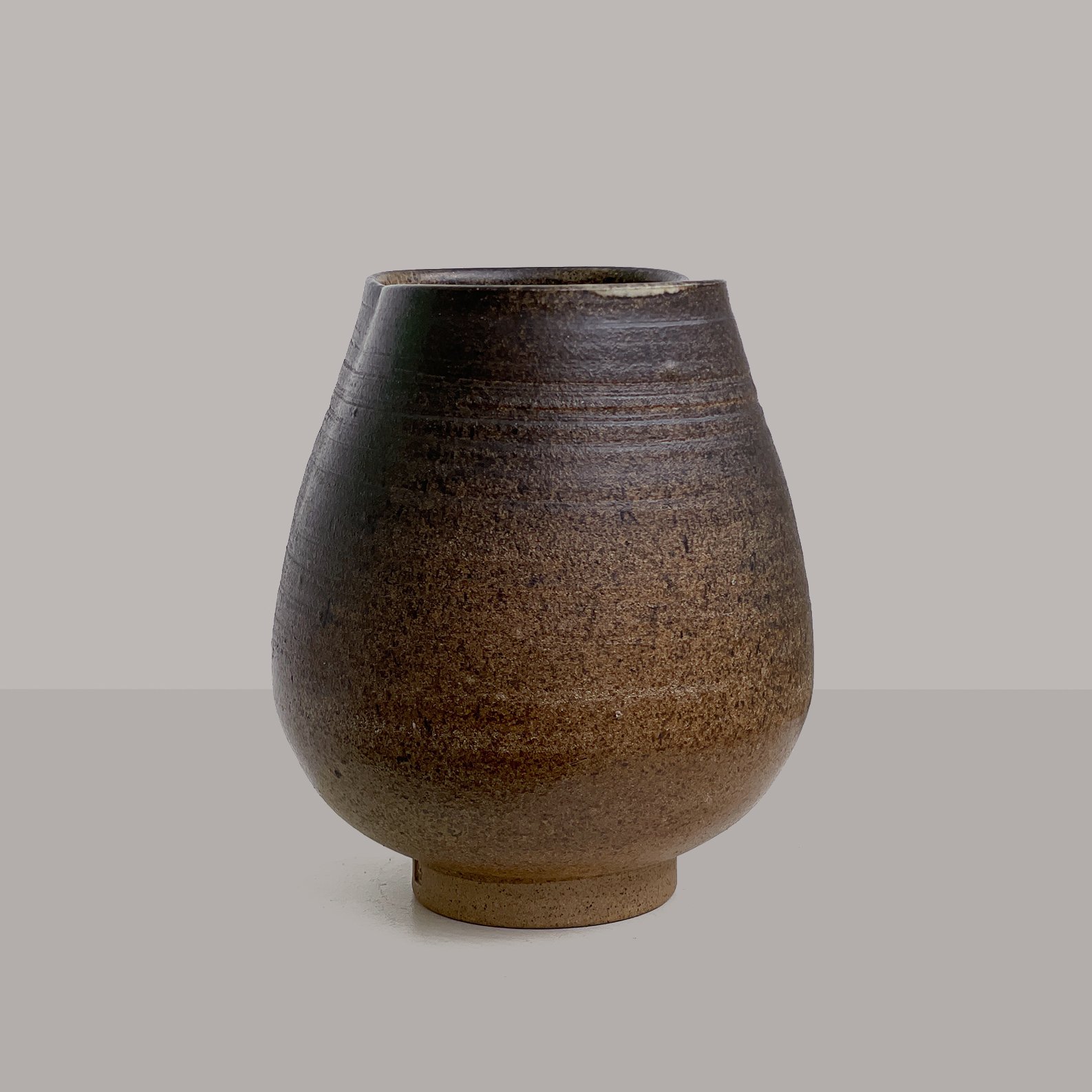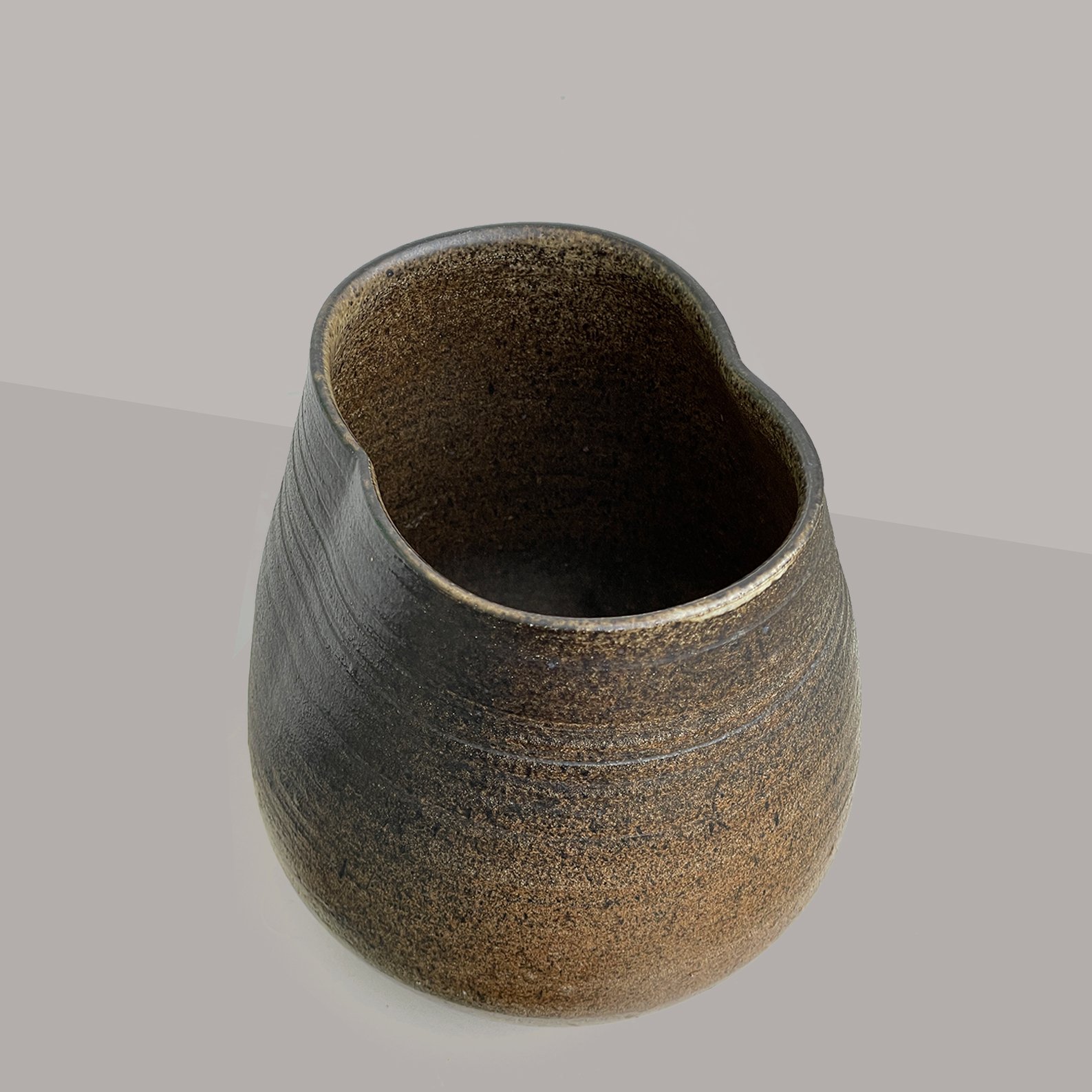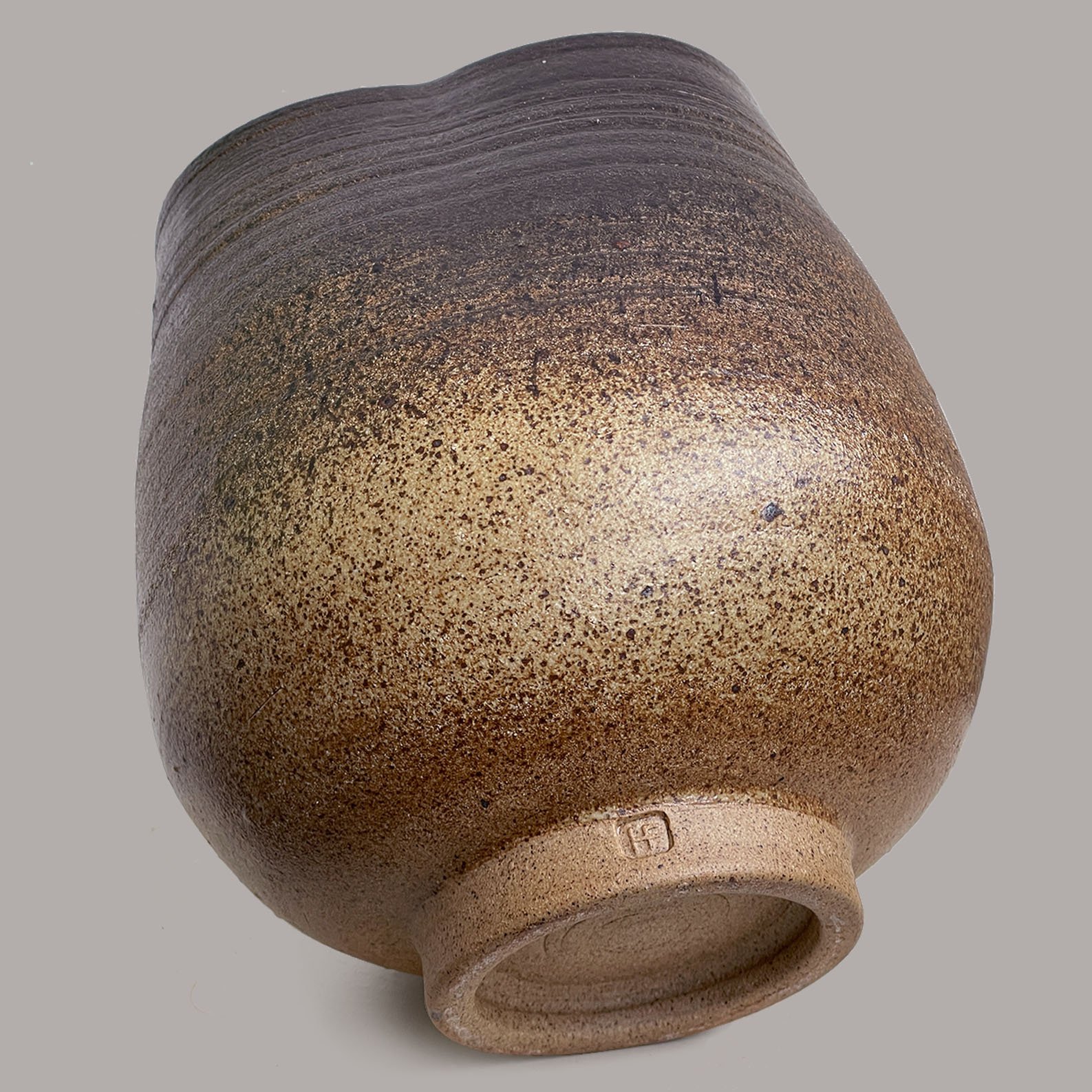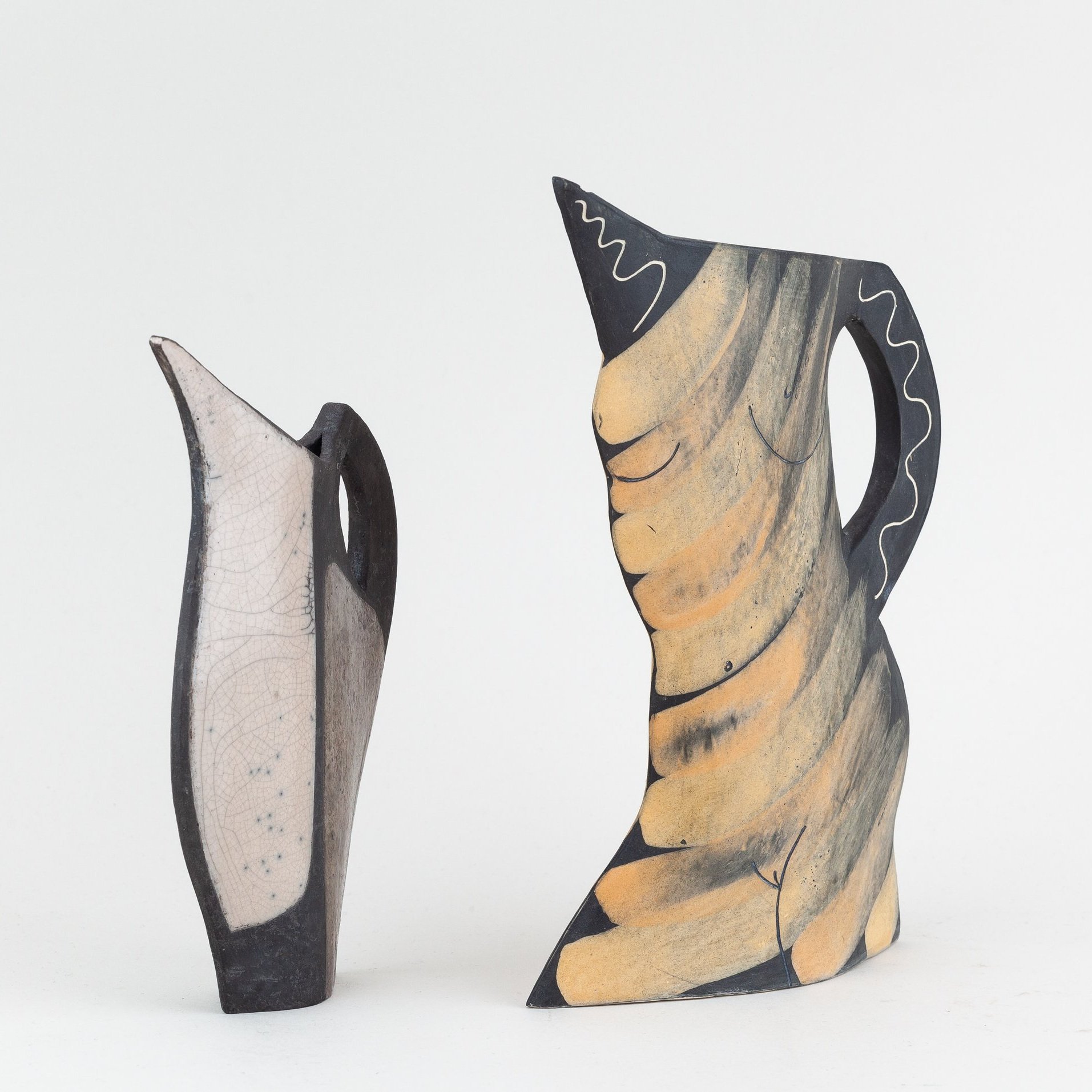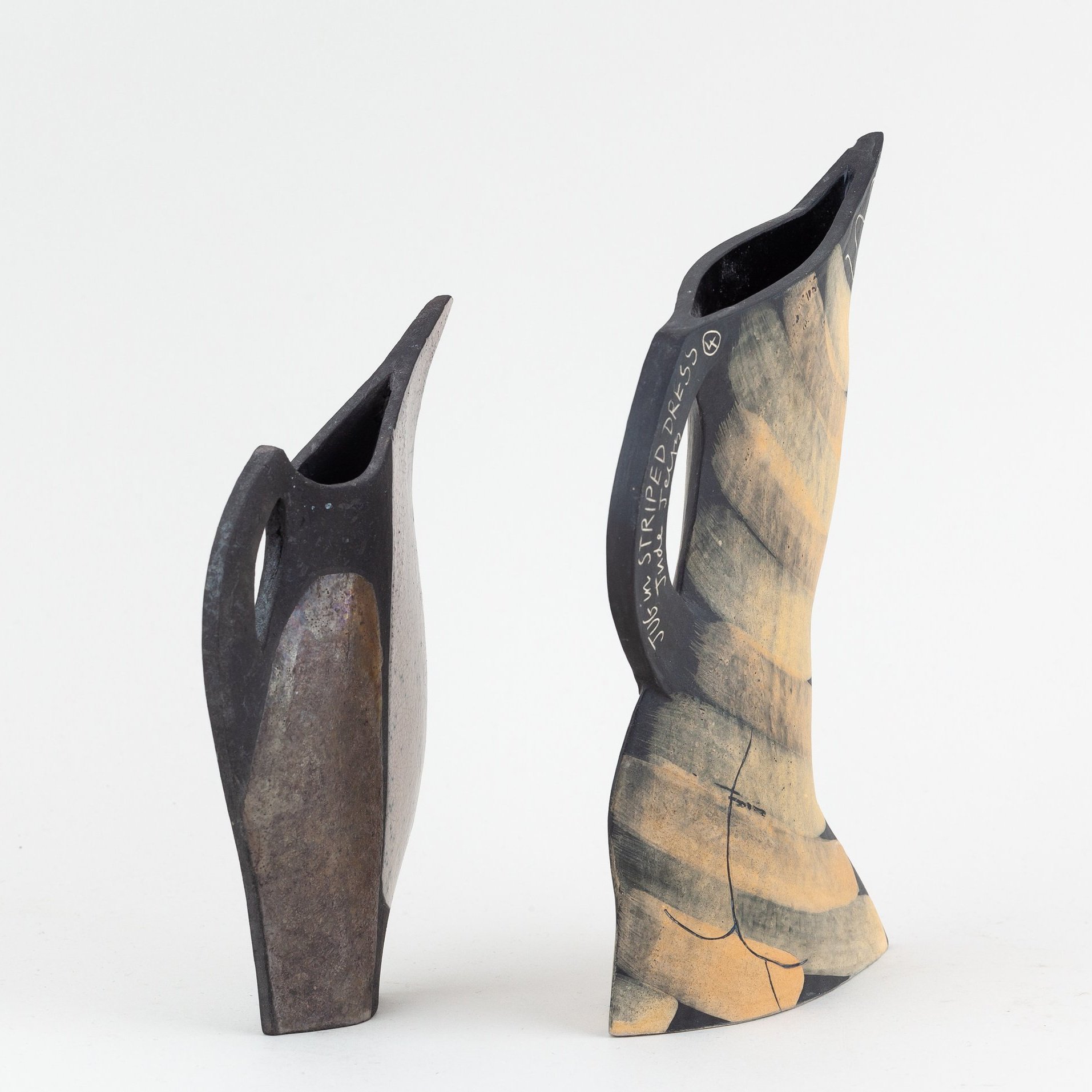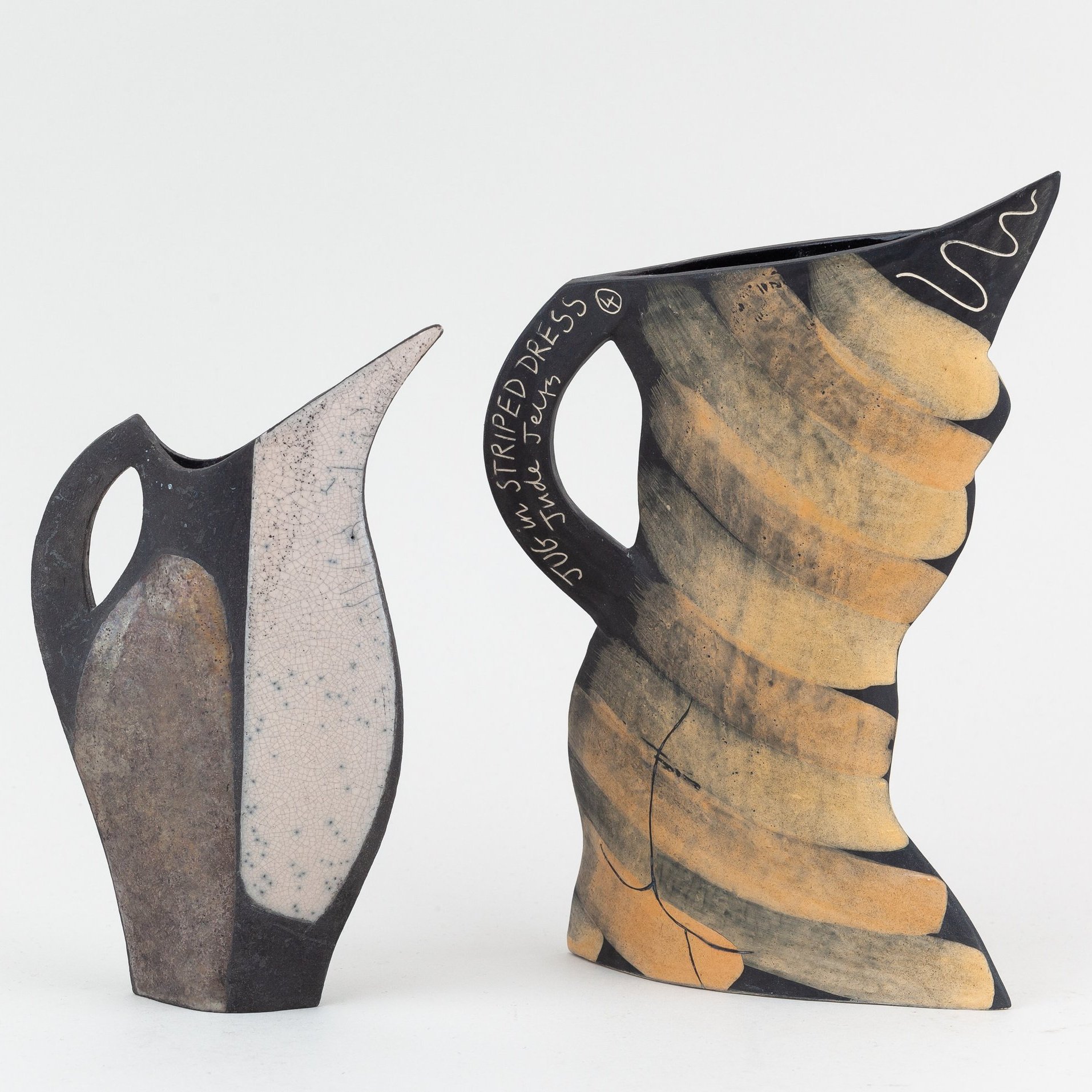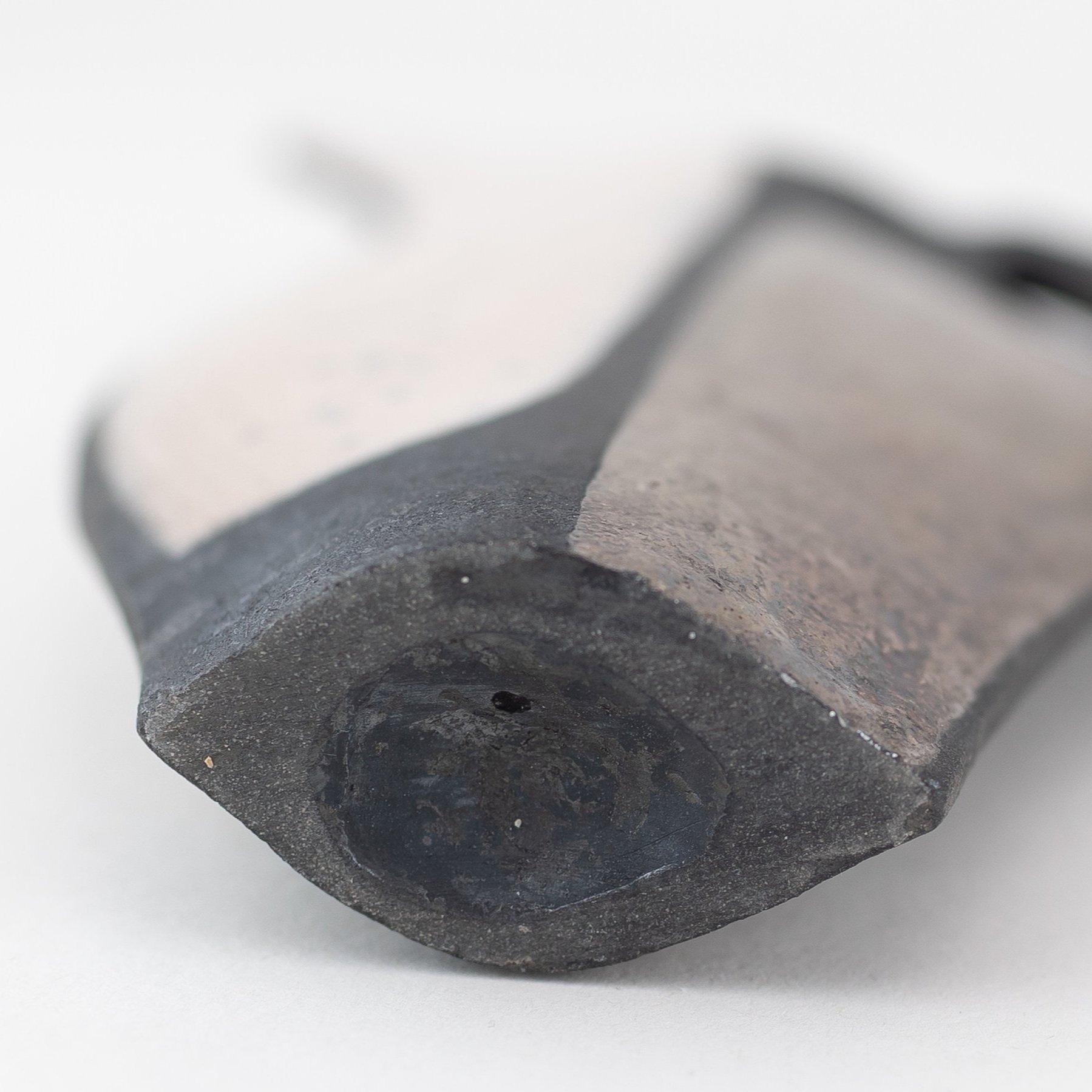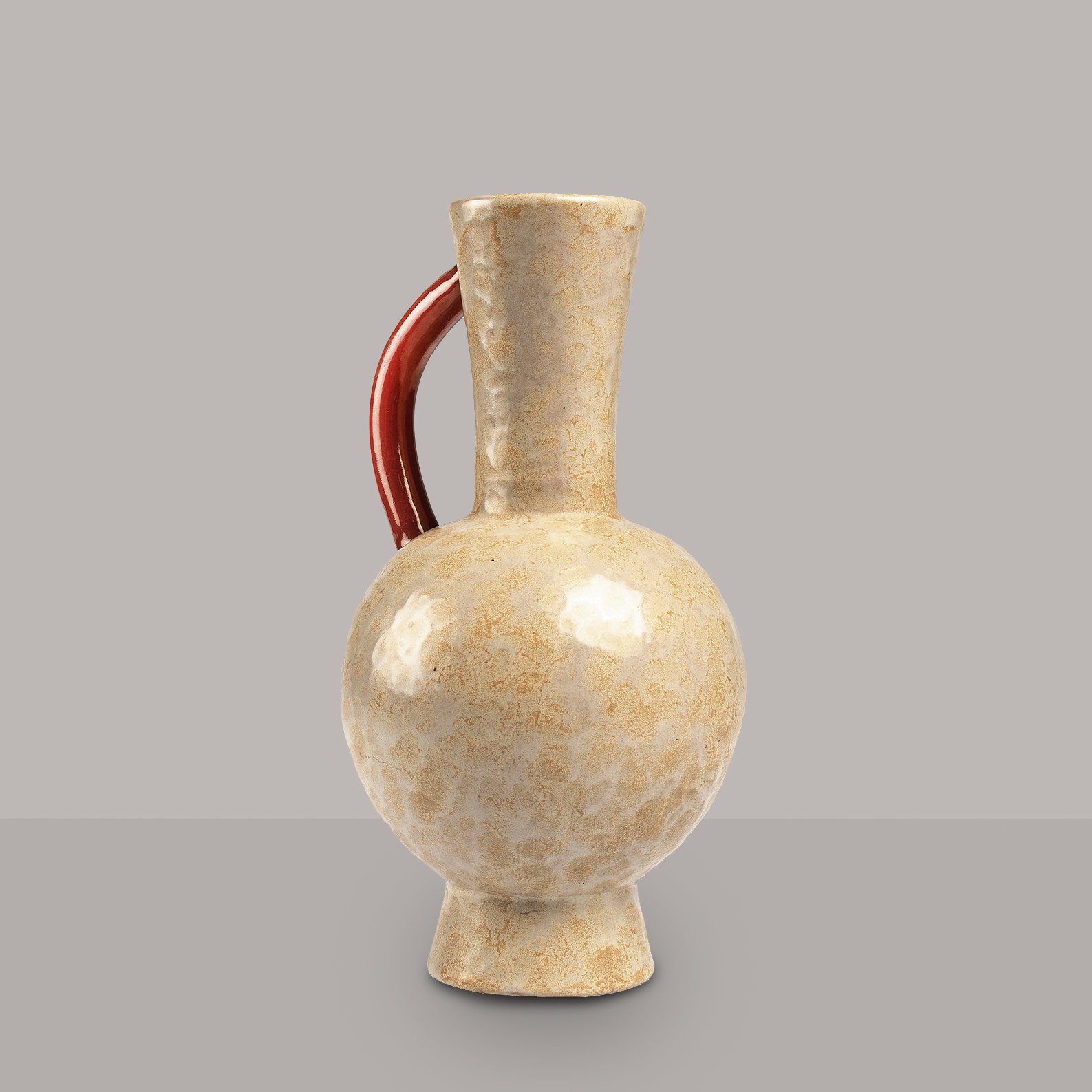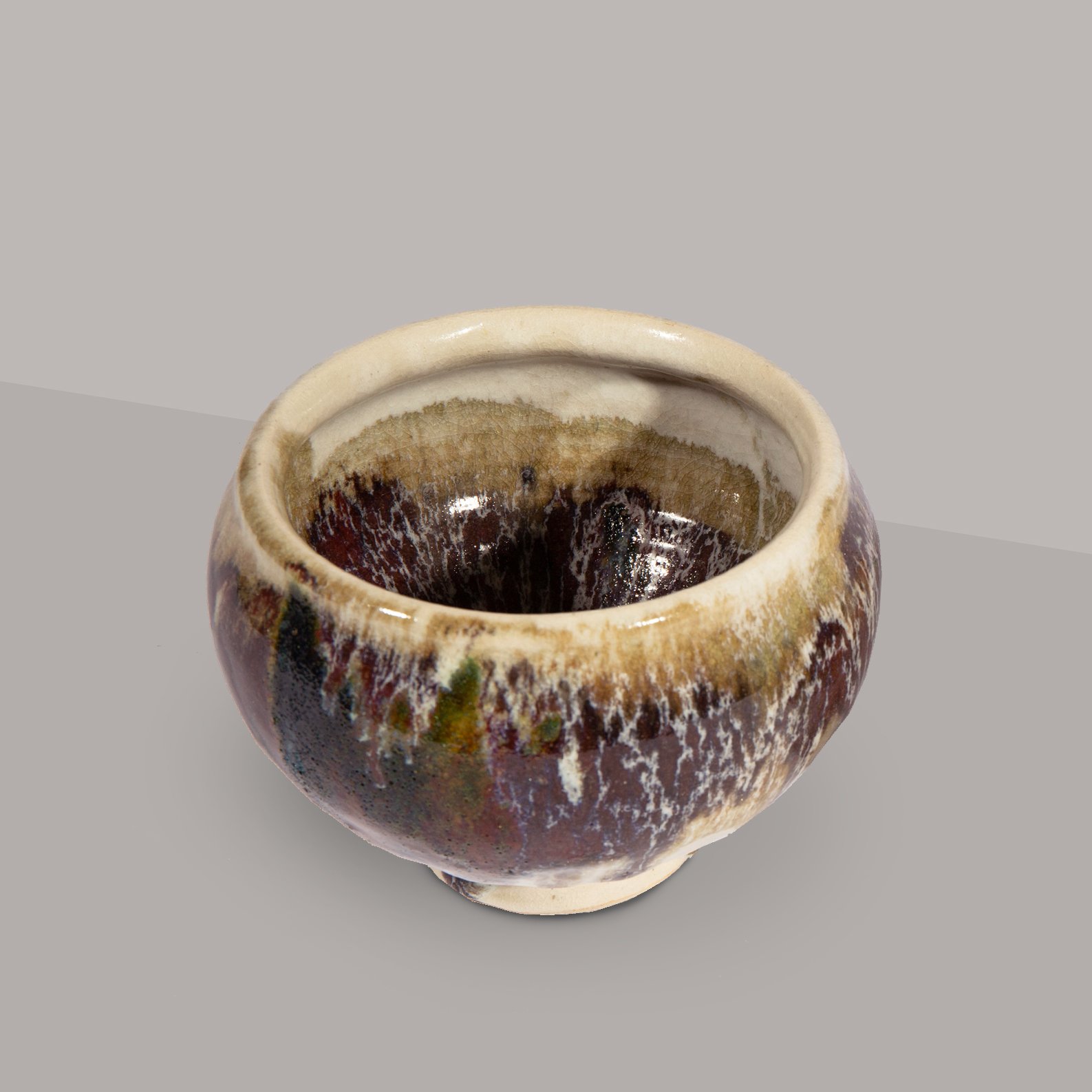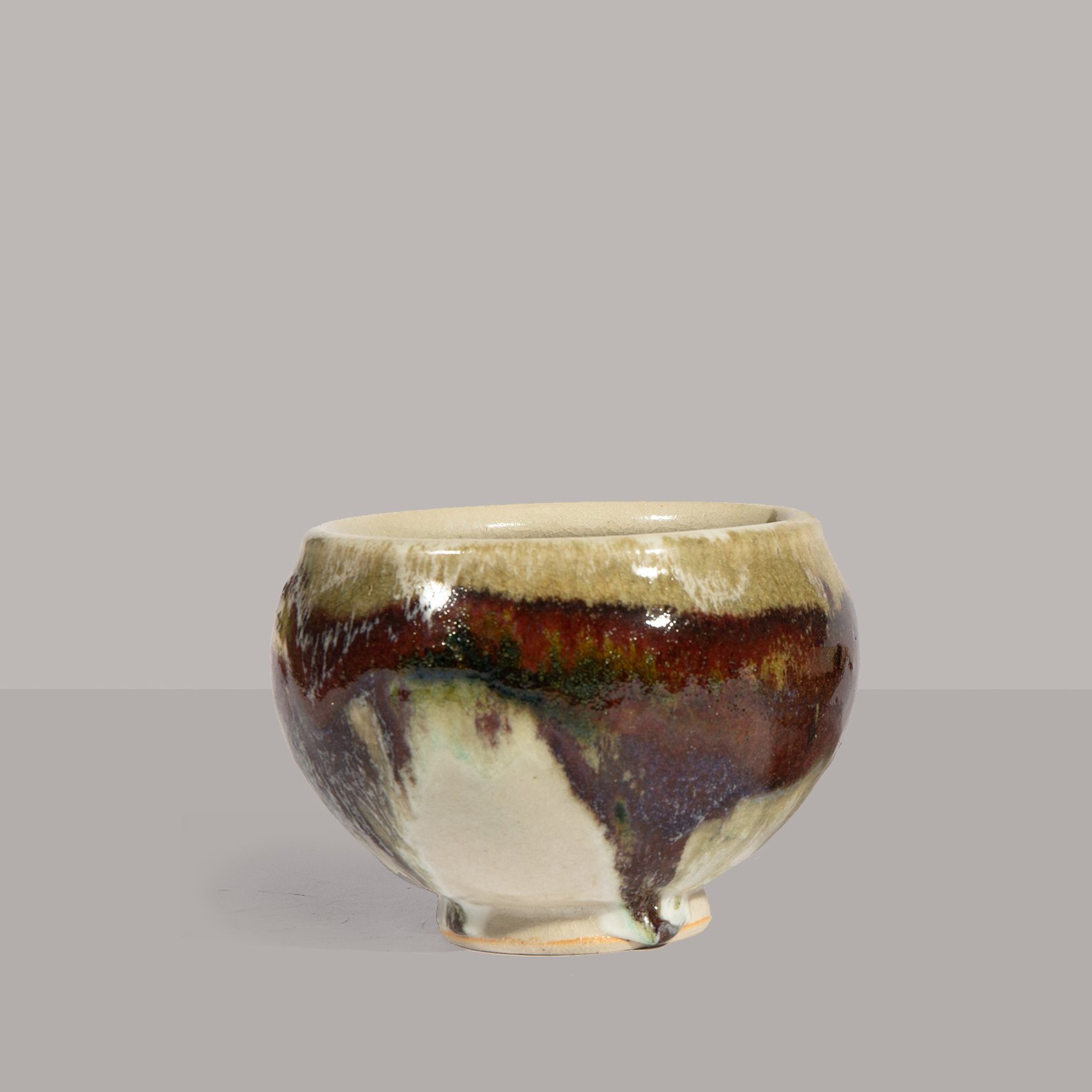 Image 1 of 1
Image 1 of 1


Large unique Shipibo vessel
The Shipibo, located along Peru's Ucayali River, are celebrated for their world-class polychrome earthenware pottery, often influenced by their ayahuasca-inspired spiritual experiences. The Shipibo produce some of the finest polychrome prefire slip-painted earthenware pottery in the world. These ceramics, like the large vessel prewsented here, embody a unique tempering technology that took more than ten millennia to perfect. The process transforms their vessels’ clay paste into a high tensile-strength composite material, allowing Shipibo ceramists to create the largest, thinnest, coil-built, complex-silhouette vessels in the Native Americas.
Though an increasing portion of the Shipibo population have become urbanized in settlements such as Pucallpa, their traditions remain strong. They are expressed in their shamanistic religion and in their visionary arts – notably in the patterns that the Shipibo women paint on their pottery, clothing, textiles and their bodies. The ethnologist Angelika Gebhart-Sayer terms their art “visual music”.
The Shipibo are known for labyrinthine geometric designs that reflect their culture and their cosmology. In mythic times these patterns covered everything—the sky, trees, huts, people, animals, et cetera—in a continuous tissue of design. But due to the misdeeds of failed protohumans, this idyllic union ruptured and differentiated into floating, superimposed planes: Nëtë ŝhama (the sky world), Mai (the earth world), and Jënë ŝhama (the subaquatic underworld).
Likely pre-1920’s
Exibited at Tribal Art London 2023
Dimensions: 40cm high, please enquire for the exact dims
Condition: Vintage condition, age-appropriate condition
The Shipibo, located along Peru's Ucayali River, are celebrated for their world-class polychrome earthenware pottery, often influenced by their ayahuasca-inspired spiritual experiences. The Shipibo produce some of the finest polychrome prefire slip-painted earthenware pottery in the world. These ceramics, like the large vessel prewsented here, embody a unique tempering technology that took more than ten millennia to perfect. The process transforms their vessels’ clay paste into a high tensile-strength composite material, allowing Shipibo ceramists to create the largest, thinnest, coil-built, complex-silhouette vessels in the Native Americas.
Though an increasing portion of the Shipibo population have become urbanized in settlements such as Pucallpa, their traditions remain strong. They are expressed in their shamanistic religion and in their visionary arts – notably in the patterns that the Shipibo women paint on their pottery, clothing, textiles and their bodies. The ethnologist Angelika Gebhart-Sayer terms their art “visual music”.
The Shipibo are known for labyrinthine geometric designs that reflect their culture and their cosmology. In mythic times these patterns covered everything—the sky, trees, huts, people, animals, et cetera—in a continuous tissue of design. But due to the misdeeds of failed protohumans, this idyllic union ruptured and differentiated into floating, superimposed planes: Nëtë ŝhama (the sky world), Mai (the earth world), and Jënë ŝhama (the subaquatic underworld).
Likely pre-1920’s
Exibited at Tribal Art London 2023
Dimensions: 40cm high, please enquire for the exact dims
Condition: Vintage condition, age-appropriate condition


